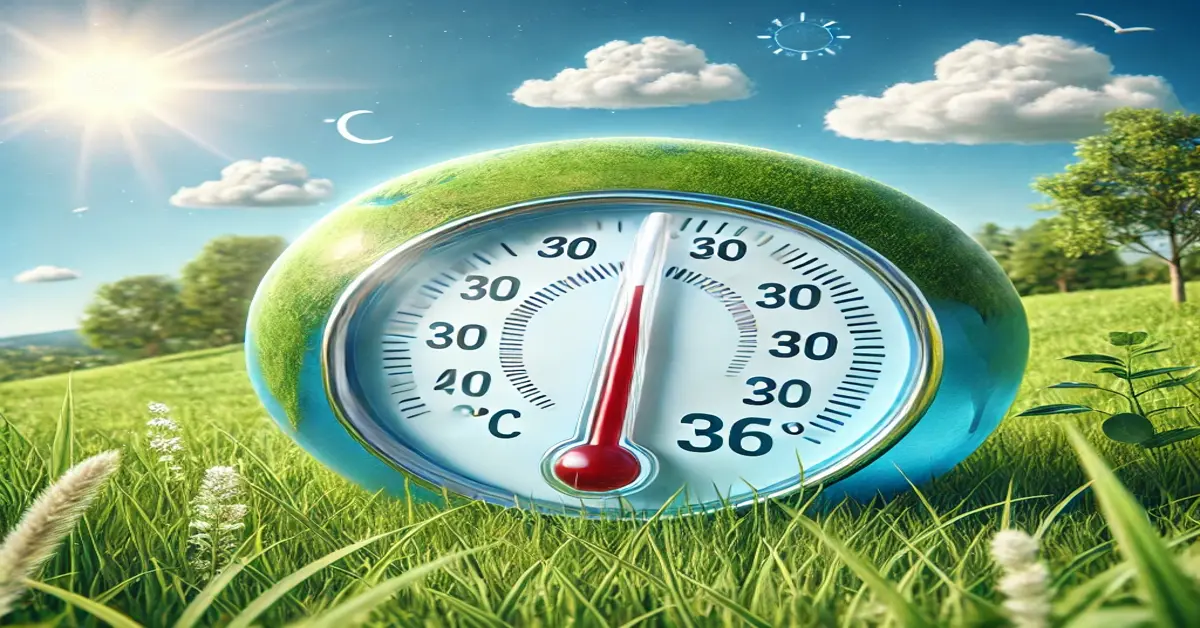Converting temperatures between Celsius and Fahrenheit, such as 30 degrees C to F, is a practical skill used in daily life and various professional fields. Understanding how to perform this conversion accurately is essential for interpreting temperature information, especially when traveling or working in international environments. This article delves deep into the nuances of temperature conversion, explaining the historical context, practical applications, and tools available for accurate results.
The Basics of Temperature Scales
Two of the most widely used temperature scales globally are Celsius (°C) and Fahrenheit (°F). Each has its unique origin and application:
- Celsius Scale: Also known as the centigrade scale, Celsius is part of the metric system. It defines the freezing point of water as 0°C and the boiling point as 100°C under standard atmospheric conditions. This system is used worldwide in scientific and everyday contexts.
- Fahrenheit Scale: Primarily used in the United States and a few other countries, the Fahrenheit scale defines water’s freezing point as 32°F and its boiling point as 212°F. It was developed in the 18th century by Daniel Gabriel Fahrenheit and is based on different reference points compared to Celsius.
Conversion Formula: Celsius to Fahrenheit
To convert a temperature from Celsius to Fahrenheit, the following formula is used:
°F = (°C × 9/5) + 32
This formula ensures precision by accounting for the proportional difference and offset between the two scales.
Example: 30 Degrees C to F
Using the formula, let’s convert 30°C to Fahrenheit:
- Multiply by 9/5: 30 × 9/5 = 54
- Add 32: 54 + 32 = 86
Thus, 30 degrees C to F equals 86 degrees Fahrenheit.
The Significance of 30 Degrees Celsius (86 Degrees Fahrenheit)
A temperature of 30°C is commonly associated with warm weather and summer conditions in many parts of the world. It’s considered comfortable in tropical climates but might feel unusually warm in regions with cooler average temperatures. This level of warmth influences several aspects of daily life:
- Clothing: Light and breathable fabrics are preferred.
- Activities: Outdoor activities like swimming and picnics become popular.
- Energy Consumption: Increased use of air conditioning and fans.
Historical Context of Temperature Scales
Understanding the history of temperature scales adds depth to their practical use:
- Celsius Scale: Introduced by Swedish astronomer Anders Celsius in 1742, the scale initially had 0 as the boiling point and 100 as the freezing point of water. This was later reversed to the format we use today.
- Fahrenheit Scale: Daniel Gabriel Fahrenheit developed this scale in 1724, basing it on three fixed points: the freezing point of a brine solution, the freezing point of water (32°F), and the average human body temperature (originally 96°F).
Practical Applications of Temperature Conversion
Travel
When traveling internationally, understanding temperature conversions is crucial. For example, a weather forecast indicating 30°C in a destination may not be immediately comprehensible to those accustomed to Fahrenheit.
Cooking and Baking
Recipes often specify temperatures in either Celsius or Fahrenheit. Converting accurately ensures culinary success. For instance, an oven setting of 30°C would be equivalent to 86°F, which might be relevant for low-temperature cooking or proofing dough.
Scientific Research
In scientific fields, maintaining consistency in temperature measurements is critical. Researchers often need to convert temperatures, such as 30 degrees C to F, to align with the standards of international studies or journals.
Tools for Temperature Conversion
Modern technology has simplified temperature conversions. Digital tools include:
- Online Calculators: Websites and apps provide quick conversions.
- Smartphone Applications: Many apps perform conversions with user-friendly interfaces.
- Voice Assistants: Devices like Siri or Alexa can instantly convert temperatures upon request.
These tools minimize manual calculations and potential errors, making them indispensable in various scenarios.
Global Perspectives on 30 Degrees C to F
Tropical Climates
In tropical regions, 30°C is a common daily temperature. It’s considered moderate and often signifies pleasant weather.
Temperate Climates
In temperate regions, 30°C is viewed as a warm or even hot day, often prompting heatwave warnings and calls for hydration.
Polar Regions
For polar climates, temperatures as high as 30°C are rare and might indicate unusual warming trends.
Scientific Importance of Accurate Conversions
Precise temperature conversions are vital for:
- Consistency in Research: Aligning data from different regions ensures reliability.
- Interdisciplinary Collaboration: Facilitating cooperation among scientists using different scales.
- Environmental Monitoring: Tracking global warming and climate patterns requires accurate temperature data.
Temperature Conversion in Everyday Life
Being proficient in converting temperatures, like 30 degrees C to F, is beneficial in various scenarios:
- Weather Forecasts: Understanding local and international forecasts helps in planning activities.
- Healthcare: Body temperature readings might need conversion for clarity across regions.
- Education: Teaching children about temperature scales promotes scientific literacy.
Educational Relevance
Learning about temperature scales and conversions fosters critical thinking and mathematical skills. It also highlights the importance of measurement systems in understanding the natural world.
Conclusion
Converting 30 degrees C to F highlights the relationship between Celsius and Fahrenheit scales, demonstrating their practical significance. Whether for scientific research, travel, or daily life, mastering this conversion promotes better understanding and communication of temperature-related information across diverse regions.
Frequently Asked Questions (FAQs)
- What is the formula to convert Celsius to Fahrenheit? The formula is: °F = (°C × 9/5) + 32.
- Why are there different temperature scales? Different scales arose from varying historical contexts and reference points.
- Is 30°C considered a high temperature? It’s considered warm in most climates and hot in cooler regions.
- How do I convert Fahrenheit to Celsius? Use the formula: °C = (°F – 32) × 5/9.
- Which countries use the Fahrenheit scale? The United States and a few other countries primarily use Fahrenheit.
- Are there other temperature scales besides Celsius and Fahrenheit? Yes, Kelvin is another widely used scale, especially in scientific contexts.









